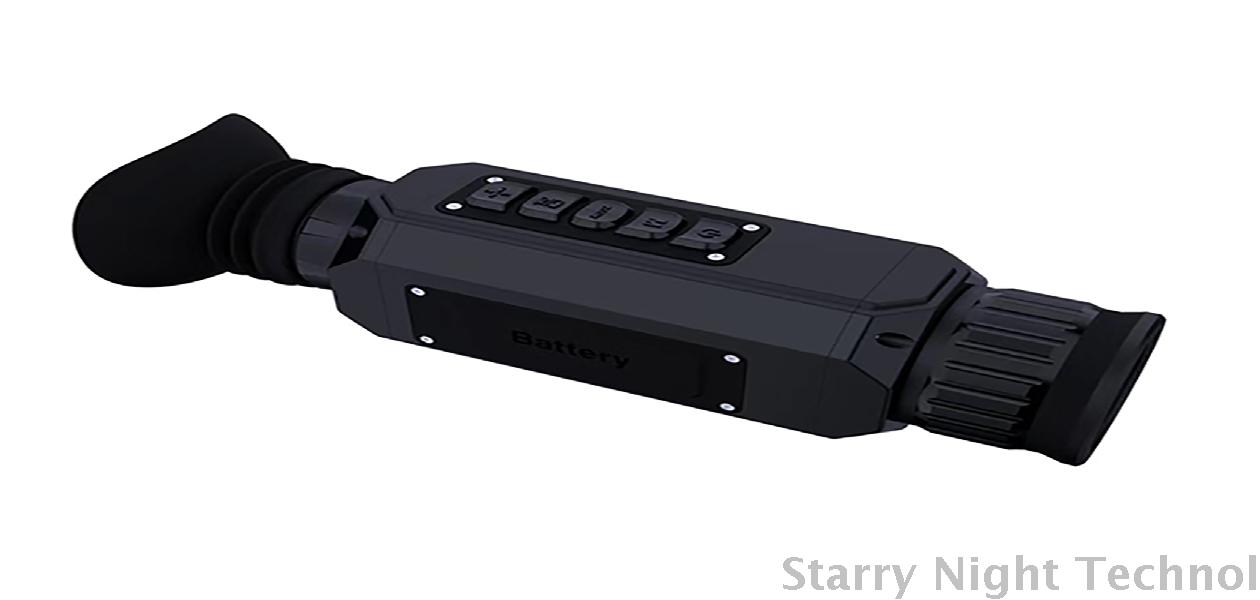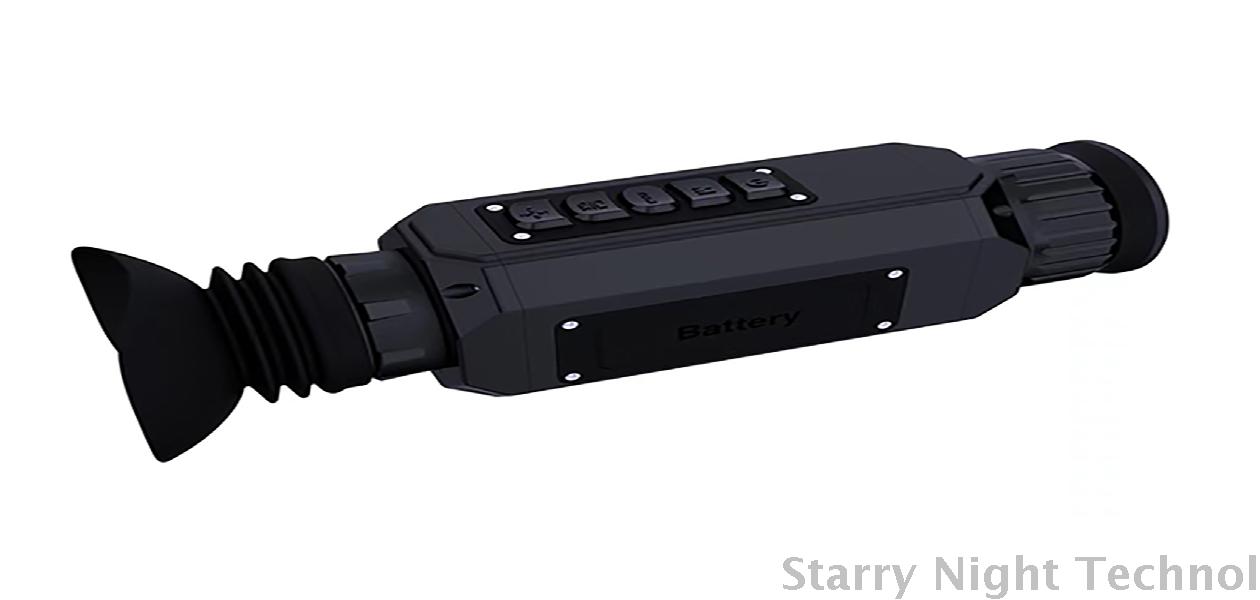Night Vision Devices: A Versatile Tool for Military, Medical, and More
1755482418000

In an era where technology continues to redefine our capabilities, night vision devices (NVDs) stand out as remarkable assets used across various sectors, including military, medicine, law enforcement, and wildlife observation. Initially developed for use on the battlefield during World War II, the evolution of night vision technologies has seen them become essential tools in diverse applications, providing significant advantages by enhancing visibility in low-light conditions.
### The Evolution of Night Vision Technology
The foundational concepts behind night vision date back several decades. The first generation of these devices aimed at using image intensification techniques, essentially amplifying existing light sources, such as moonlight or starlight, to create a clearer view of the environment at night. Over time, advancements in sensor materials, optics, and electronic processing paved the way for further generations of night vision equipment.
Today, we have four primary generations of night vision technology:
1. **Generation 1:** The most basic level of NVD technology still widely in use today. It primarily utilizes vacuum tubes to amplify visible light, yielding effective results under relatively good lighting conditions.
2. **Generation 2:** Introduced enhancements such as microchannel plates, resulting in improved resolution, sensitivity, and overall performance compared to Generation 1 devices.
3. **Generation 3:** This marks a significant leap forward with the incorporation of gallium arsenide photocathodes, allowing for higher sensitivity levels. This generation delivers superior clarity even when little light is available.
4. **Generation 4:** At the cutting edge, these devices feature advanced technologies that include filmless tubes and additional digital processing, offering enhanced performance without a compromise in durability or size.
Beyond these generational definitions are thermal imaging devices, which detect heat rather than visible light. While these operate on different principles from traditional night vision, they often find complementary uses alongside NVDs in missions requiring greater versatility.
### Military Applications: Strategic Edge
For armed forces worldwide, NVDs have become indispensable tactical assets. Soldiers equipped with night vision goggles can enhance their operational effectiveness during nighttime operations. NVDs enable soldiers to conduct stealthy maneuvers, identify enemy positions, and navigate effectively with reduced risk.
The importance of situational awareness cannot be overstated; being able to perceive threats while remaining hidden enhances combat effectiveness significantly. Modern police forces also utilize similar technologies to conduct surveillance, manage crowd control, and perform searches in darkness, increasing safety for both officers and civilians alike.
Moreover, these devices assist in reconnaissance missions, helping intelligence teams gather crucial data without exposing themselves. In many cases, the element of surprise provided by night vision gives military personnel a distinct advantage on the battlefield.
 Medical professionals also recognize the value of night vision technologies. Hospitals employ specially designed cameras equipped with infrared and night-vision capabilities for surgical procedures or patient monitoring in low-light environments. For example, surgeries conducted overnight benefit immensely from augmented visibility afforded by these advanced technologies.
Medical professionals also recognize the value of night vision technologies. Hospitals employ specially designed cameras equipped with infrared and night-vision capabilities for surgical procedures or patient monitoring in low-light environments. For example, surgeries conducted overnight benefit immensely from augmented visibility afforded by these advanced technologies.Additionally, para-medical practitioners utilize portable night vision devices in emergency medical situations need them more frequently. Prolonged periods of darkness do not hinder paramedics' ability to assess and treat patients quickly, ensuring critical care is maintained even in challenging settings.
Furthermore, search and rescue operations depend heavily on NVDs to locate individuals lost in remote areas and natural disasters. Enhanced clarity ensures rescuers can act promptly, minimizing response times in dire circumstances.
### Wildlife Observation and Conservation: Protecting Nature
Conservationists and wildlife researchers use night vision gear actively to study nocturnal animals or monitor ecosystems without interfering with their habitats. By observing animal behaviors after dark, scientists acquire invaluable insights into their habits, breeding patterns, and migration rates.
Stealth is paramount in wildlife research, and NVDs allow for real-time tracking with minimal disruption. Ultimately, understanding wildlife dynamics aids in conservation efforts and fosters public awareness about environmental issues. In tandem with thermal imaging, some researchers can gather outdoor data efficiently without disturbing vulnerable species.
### Residential Security: Keeping Homes Safe
Night vision technology is also making its way into residential security systems. Homeowners now take advantage of this technology to enhance the protection of their properties after dusk. Infrared cameras equipped with night vision capabilities provide all-around surveillance for driveways, gardens, and entry points, giving homeowners peace of mind, particularly in high-crime areas.
Smart home technology integration allows users to connect these innovative devices through apps, remotely access feeds, and send alerts based on motion detection – affirming another layer of proactive protective measures.
### Conclusion: Future Directions
As technology advances, the future potential for night vision devices appears limitless. Innovations pave the way for producing lighter, more durable, and multifunctional devices that are increasingly capable of integrating artificial intelligence. Sophisticated algorithms may help automate threat detection, improve targeting accuracy, and foster complex interactions among other smart systems.
Though born from military necessity, it’s clear that night vision technology’s impact extends far beyond conventional battlefields. From life-saving medical practices to enriching our understanding of nature, and improving personal safety, night vision devices exemplify how one technological advancement can transform multiple industries. As demand grows, continuous innovation will further diversify availability and implementation, securing their place as vital tools well into the future.
What should be selected for night vision devicesStarry Night Technol

